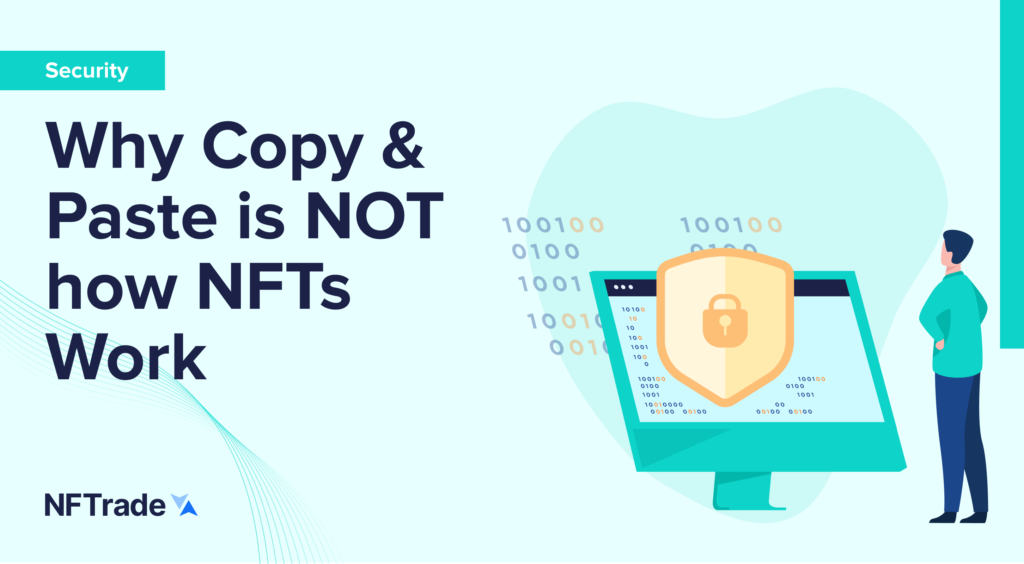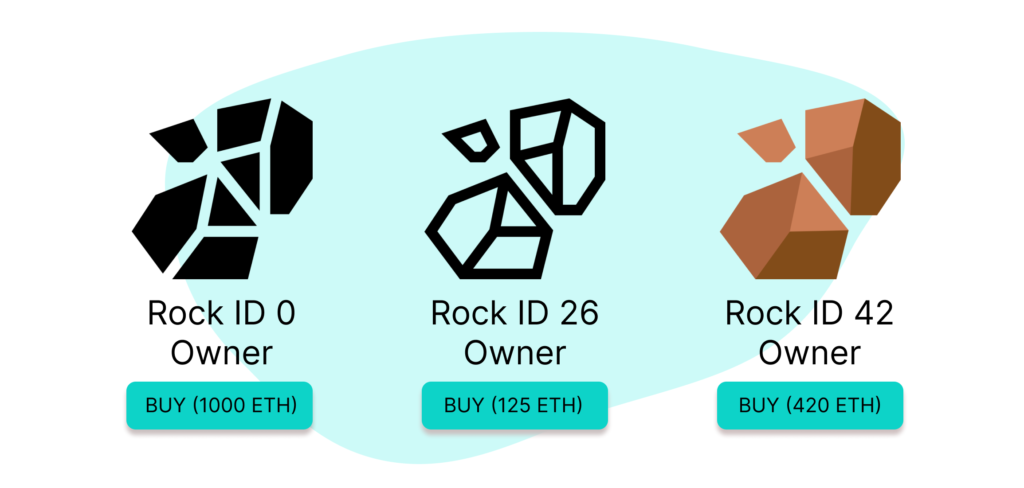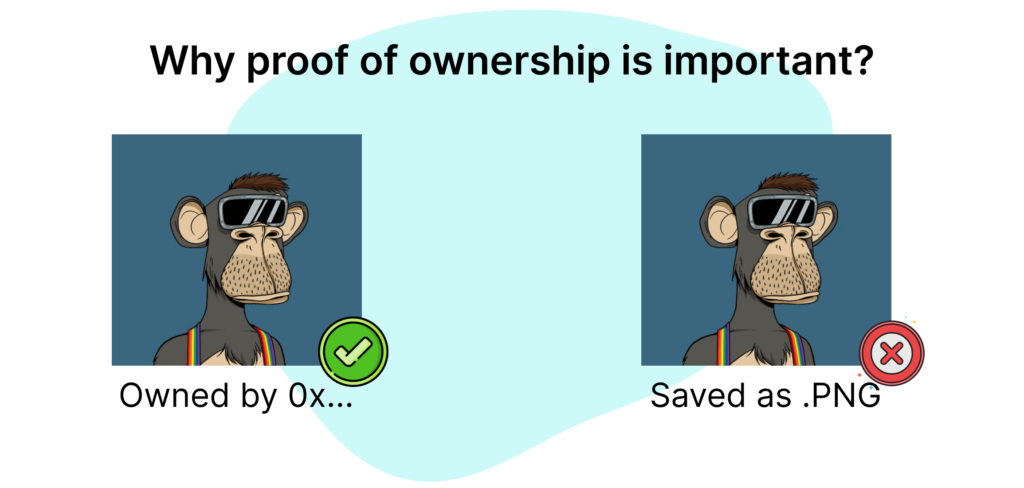Security
Why Copy & Paste is NOT How NFTs Work

NFTs are a relatively new type of asset, having only really risen to prominence in 2021. Much like all the new asset classes before it, NFTs have attracted an enormous level of interest and criticism. Whilst many of these criticisms are fair, and it is quite right that people should challenge new ideas to test their quality, some of these criticisms are simply the result of human ignorance. After all, there were those naysayers in the early 90s that vehemently believed that the internet was just a fad. You don’t hear much from them these days, do you?
To the untrained eye, many NFTs look like simple jpegs that could be downloaded from any website and stored on a wide range of storage devices, from mobile phones to USB sticks. These same individuals must then read news articles about pet rocks and bored apes being sold for sometimes millions of dollars and think that the world has gone insane. After all, what sort of investor would spend millions of dollars on a jpeg of a pet rock? Especially when one considers the fact that someone could easily save that same picture to their own device and have just as much opportunity to view it as the investor who spent millions of dollars.

To understand why NFTs are not just jpegs and that other individuals can not simply screenshot the NFT assets we purchase, we first need to understand what an NFT truly is.
In terms of art and collectibles, non-fungible tokens are essentially a new form of digital art that can be stored on the blockchain as a verifiably unique digital asset. They represent the ongoing move into the digital world and the digitization of creative expression. For the first time in human history, we are able to digitize any of our art forms and represent them on distributed ledgers known as blockchains.
How does this work in practice? Imagine that you are an artist, perhaps a writer or painter, or even a musician. In your art, there exists an element of intellectual property. There is some form of value in the creation itself. As such, throughout history, artists have sold their creations, and by extension, the intellectual property rights held in them. NFTs allow artists to continue to sell their art, as they always have done, through the blockchain. What was once only uniquely verifiable in the physical world is now the same in the digital world. Even without selling the intellectual property behind the piece (you can own a rare comic book or baseball card without owning the IP rights), it presents a unique opportunity previously unavailable in the digital space.
The concept of intellectual property and the selling of art long pre-dates the creation of blockchain technology, and so naturally, many may be wondering, why do we need NFTs? While this question in itself could provide fertile ground for much debate, it could simply be argued that NFTs are the natural byproduct of an increasingly digital world.

So, why aren’t NFTs devalued by the fact that anyone could copy the digital art represented within them? The answer is more simple than many may initially believe, and is found within the actual design of the NFTs themselves. The code which forms NFTs contains within it an authenticator that acts as proof of ownership. This proof of ownership can then be verified on the blockchain itself, thereby making it impossible for anyone to defraud another person by claiming to have intellectual property rights that they do not have.
Let’s attempt to understand this in the context of a real-world example. The Mona Lisa is one of the most famous paintings on Earth and is visited every year by millions of people. Why? These same people could simply search for an image of the painting online and view it in the comfort of their own homes. Better yet, they could download or commission their own copy and frame it to display in their homes – how would one be able to tell the difference?
Why would these copied products not be worth just as much as the original Mona Lisa? They are likely to look and feel exactly the same. On the surface, there is no difference between the original and the copied product. Of course, the difference is that the framed copy hanging in your living room is not the same painting that was created by the hand of Leonardo da Vinci. Therein lies the value of NFTs, the verifiability of originality, and undeniable proof of ownership. At their heart, NFTs simply allow people to own any unique digital asset.
That said, not every NFT will prove to be a valuable asset over time, and many NFTs we see today may not be worth more than a copied jpeg a few years or a decade from now. As such, buyers should be cautious when purchasing NFTs and ensure they utilize their money for assets that will continue to be relevant and in demand in the years to come.









